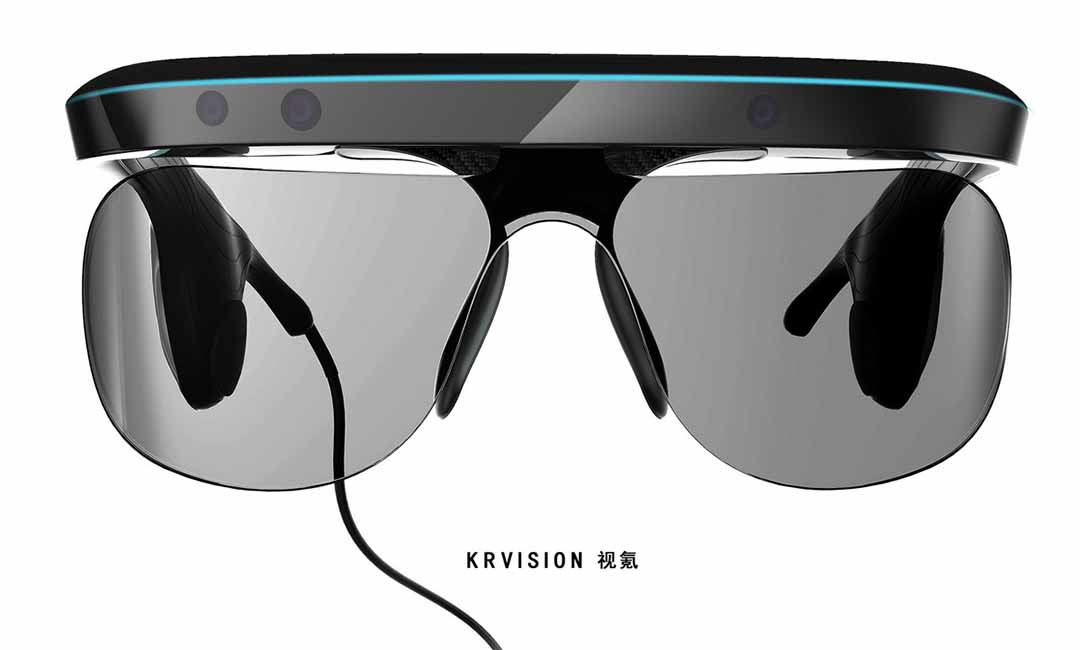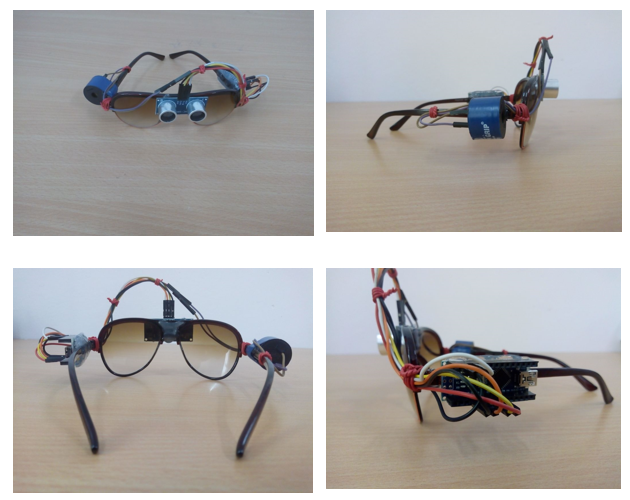The Future of Assistive Technology for the Blind: Empowering Independence
The Future of Assistive Technology for the Blind: Empowering Independence
Blog Article
Discover Advanced Assistive Devices for People With Visual Problems
The landscape of assistive technology for people with visual disabilities is developing swiftly, providing a range of ingenious devices that boost freedom and engagement. From smart glasses that seamlessly merge aesthetic input with auditory support to advanced navigation applications that redefine spatial recognition, these tools are improving opportunities.
Smart Glasses Innovations
Smart glasses represent a significant development in assistive innovation for individuals with aesthetic disabilities. These ingenious gadgets incorporate various features developed to improve the individual's interaction with their atmosphere. Furnished with sensing units and electronic cameras, wise glasses can catch real-time visual information, which is after that refined and shared to the individual with sound responses or haptic experiences. This performance enables people to get instant descriptions of their surroundings, improving their capacity to navigate and engage with the world.
Moreover, advancements in fabricated knowledge have actually additionally enhanced the abilities of clever glasses. Maker understanding algorithms can acknowledge faces, read text, and identify items, making them vital tools for daily jobs. Users can obtain acoustic hints that provide context about their atmosphere, fostering freedom and self-confidence.
Furthermore, the ergonomic layout and light-weight nature of lots of clever glasses make them appropriate for prolonged usage, guaranteeing convenience while improving performance. As these tools continue to evolve, they hold the prospective to change the method people with aesthetic problems experience their lives, linking the gap between access and technology. The continuous research study and growth in this area guarantee to expand the possibilities for clever glasses, making them a necessary element of contemporary assistive gadgets.
Navigating Application and Equipment
Various navigation apps and devices have actually arised as vital sources for individuals with aesthetic problems, considerably improving their capability to go across strange settings. These innovations utilize general practitioner functionality, audio hints, and real-time information to give users with exact navigating assistance.
One popular example is the Aira app, which links users to skilled agents who can offer visual descriptions of surroundings and navigation guidance through an online video feed. This service enhances the individual's spatial recognition and confidence while navigating. One more significant tool is Seeing Eye GPS, which provides voice-guided navigating and sights, making it possible for customers to accessibility essential details regarding their surroundings.

As technology proceeds to breakthrough, the growth of more advanced navigating tools assures to further empower individuals with visual problems, assisting in seamless flexibility and combination right into diverse settings. Such developments contribute in advertising a more inclusive culture.
Braille Technology Innovations
In recent years, innovations in Braille modern technology have actually substantially changed just how people with visual impairments gain access to info and engage with the world around them. The development of portable Braille display screens has reinvented reading by permitting customers to attach wirelessly to computer systems, tablets, and smart devices. These devices convert text right into Braille in real-time, allowing smooth communication with electronic content.
Moreover, innovative Braille printers have actually emerged, boosting the production of responsive materials. Modern embossers go to this site are much faster and more reliable, permitting the quick development of Braille papers and academic materials. This effectiveness reduces the time and cost connected with creating Braille sources, making them much more accessible to organizations and colleges.
Additionally, the integration of Braille with other modern technologies, such as expert system and artificial intelligence, has actually opened new opportunities for customized discovering experiences. Voice recognition and synthesis innovations can enhance Braille, supplying a comprehensive method to details circulation.
As the demand for inclusive education and learning and workplace environments grows, these technical improvements play an essential function in encouraging people with aesthetic impairments, guaranteeing they have equivalent accessibility to details and possibilities in numerous aspects of life.
Wearable Devices for Self-reliance
A growing array of wearable tools is boosting freedom for people with aesthetic impairments, providing cutting-edge services that enhance navigating and everyday living. Braille displays and notetakers. These gadgets make use of sophisticated modern technologies to give real-time comments and support, advertising freedom in different atmospheres

Wearable technology additionally includes smartwatches that can be programmed with availability functions, enabling customers to receive notices, track their places, or perhaps call for help with the touch of a button. Some tools integrate artificial knowledge to examine the environment, offering sound descriptions of close-by items or individuals.
Voice-Activated Assistive Solutions
Leveraging voice-activated assistive services has weblink actually transformed the landscape of assistance for people with visual problems, providing hands-free interaction and access to a selection of tasks. These innovations make use of natural language processing and fabricated intelligence to enable individuals to carry out day-to-day tasks through simple voice commands.

Additionally, current innovations in voice acknowledgment precision have improved the user experience significantly, suiting varied accents and speech patterns. This inclusivity guarantees that even more individuals can gain from these technologies, cultivating a greater sense of freedom.
Final Thought
Finally, the development of innovative assistive gadgets considerably enhances the freedom and lifestyle for individuals with aesthetic disabilities. Innovations such as smart glasses, navigation apps, Braille innovation, wearable tools, and voice-activated remedies jointly foster an even more inclusive environment. These modern technologies equip individuals to navigate their surroundings with confidence and engage more fully with the world, eventually promoting higher availability and equivalent chances for individuals dealing with aesthetic difficulties.
The landscape of assistive innovation for people with visual impairments is developing swiftly, providing a variety of innovative tools that boost autonomy and involvement.Smart glasses stand for a significant innovation in assistive technology for individuals with aesthetic disabilities. As these tools proceed to evolve, they hold the potential to reinvent the method individuals with aesthetic disabilities experience their everyday lives, connecting the void in between accessibility and innovation.In current years, developments in Braille modern technology have actually considerably changed just how people with look at this web-site aesthetic impairments gain access to details and involve with the globe around them. These innovations encourage users to navigate their environments with confidence and involve more totally with the globe, ultimately promoting better availability and equivalent possibilities for people facing visual difficulties.
Report this page